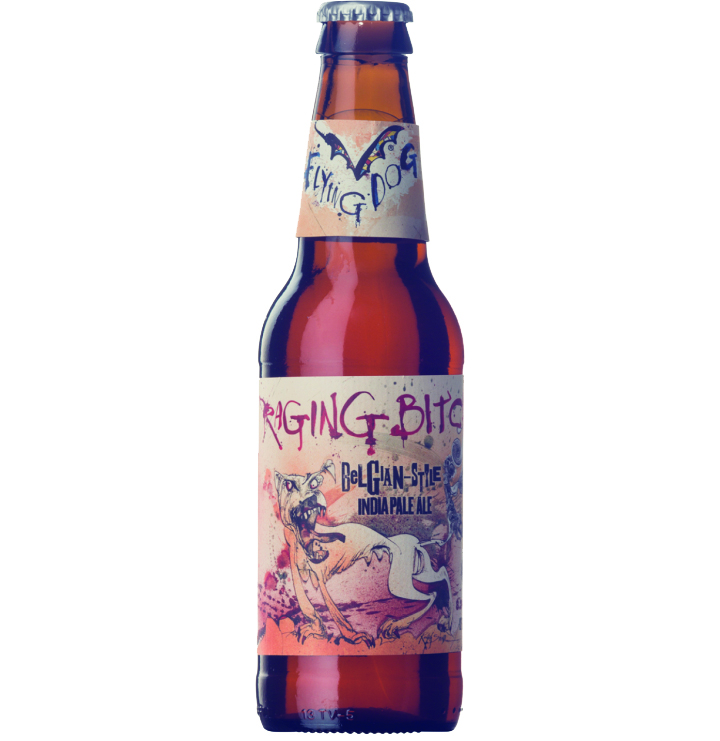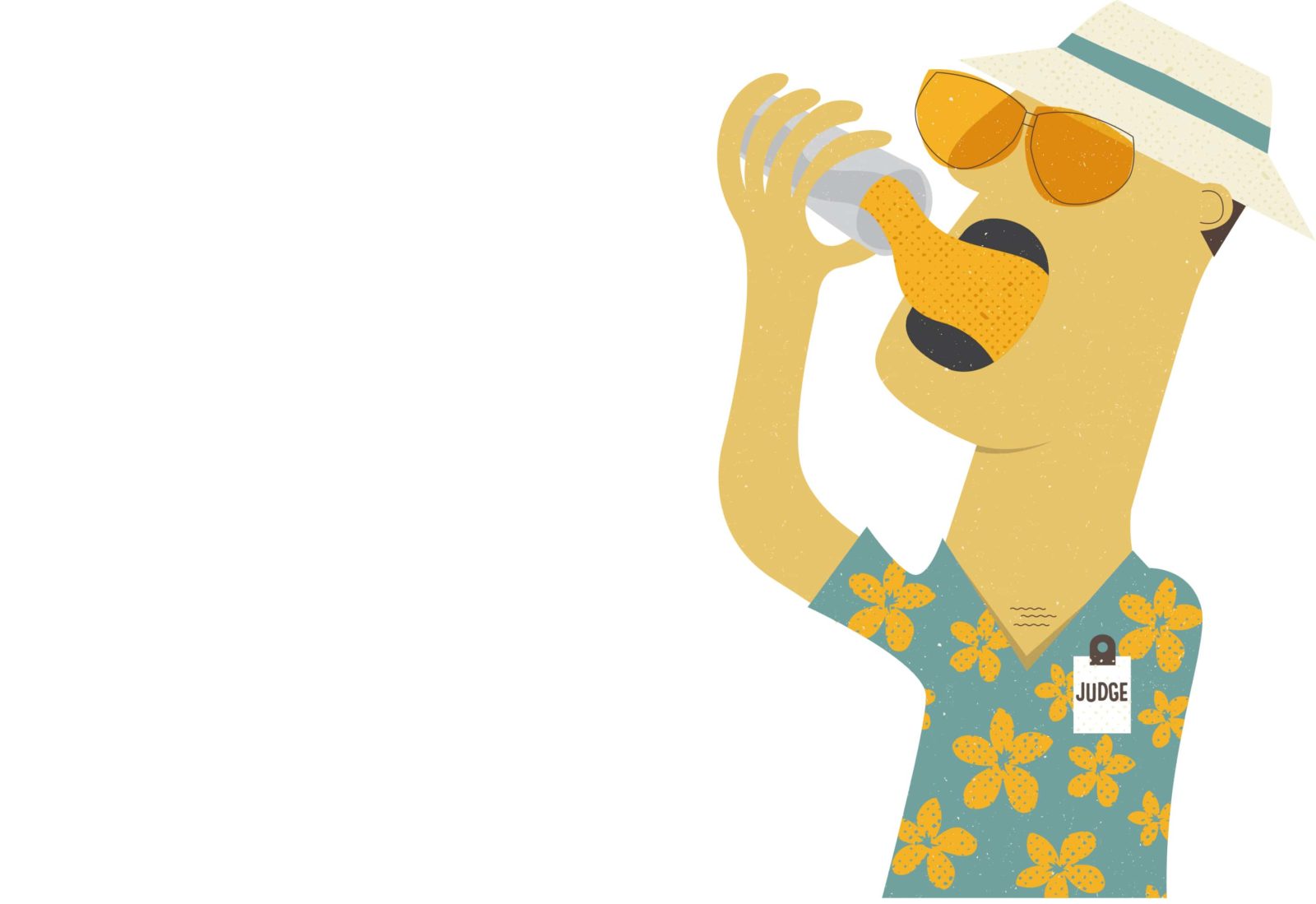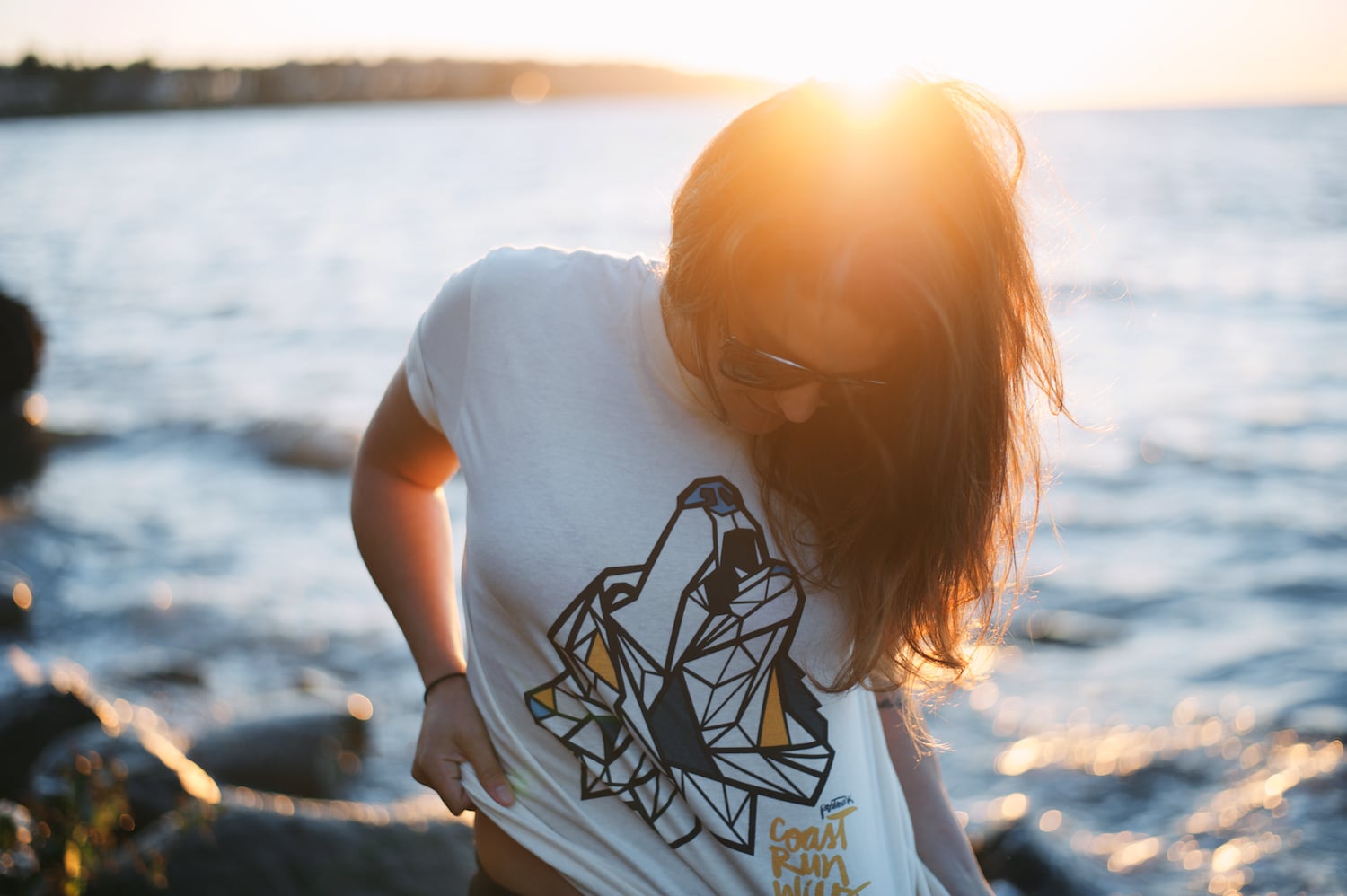
When the craft beer revolution took root, it seemed natural, particularly in the Pacific Northwest, that brewers gravitated toward IPAs. Hops grow well in the area and it was a beer that was gaining popularity in the region.
But as craft beer grew, ones extremely popular beer style seemed conspicuously absent from most breweries’ portfolios: lagers.
Lagers are popular because they’re typically easy drinking, great for warm weather, and you can drink several bottles without knocking yourself out.
“Lagers have long dominated the American beer market,” said Bart Watson, chief economist for the Brewers Association, in a Brewers Association article “Local Lagers Looming.”
“When you look down the list of top selling brands, the top-20 brands are all lagers. Combine that with the increasing desire for diverse locally produced flavours and you get demand for more local lagers in a variety of styles.”
But where are these local lagers? Sure, some of the continent’s oldest breweries – from Yuengling in Pottsville, Pa. to Wisconsin’s Stevens Point Brewing – have been brewing lagers for over a century, and which continue to be popular. And yes, some craft breweries, including Brooklyn Brewing, Sierra Nevada, Lagunitas and Steam Whistle (which makes only a lager), have had some success
with the style, but the majoroty of lager sold in North America is made by the macros. Molson, Labatt and Coors continue to be the largest producers of lagers in North America.
If more people want craft lagers, why aren’t more breweries producing them?
For one, craft breweries have largely gravitated towards ales in response the bland, tasteless beer the macro-dominated market has been flooded with for the past 30 years.
“We didn’t really want to make a lager originally,” says Graham With, head brewer for Parallel 49 Brewing. “We wanted to do craft beer and not lagers, because the big breweries make lagers. But all the employees got behind it and changed our minds, and we put it out there.”
P49 is one of the breweries that has successfully added a lager to its portfolio. Craft Lager, which was originally produced for St. Augustine’s Craft Brew House and Kitchen, is now served on tap at pubs and restaurants across B.C. and can be bought in cans – a 12-pack is now available at government liquor stores across the province.
But it took some time to for P49 to give Craft Lager a wide release, due to restrictive productions challenges. There’s an absence of lagers in the craft beer market because most craft breweries don’t have the time and space needed to make a lager properly.
“It ’s a challenge. It’s difficult to focus on lagers because you have to be good at it, and it takes more time,” says Sarah Pederson, founder of the
popular Saraveza Bottle Shop and Pasty Tavern in Portland, Ore.
The most important thing for a new brewery is getting its beer to market. When it takes 15 days to make an IPA – versus the six weeks it can take for a lager – most breweries start out with the IPA.
(According to research from the Brewers Association, IPAs accounted for less than 8 per cent of the craft category in 2008. By August 2015 that number had risen to 27.4 per cent.)
On top of all that, Pederson says good lagers are technically challenging to make.
“You can’t hide anything in a lager,” she says. “If there is an imperfection, you can taste it, but with a stout it’s easier to hide something.”
Even though craft breweries have been slow to include a lager among their offerings, With and Pederson expect to see more of the traditional German and Czech styles.
“It will swing in the direction of lagers and pilsners and those other styles, because nobody can get any hops,” With says.
“There are a lot of hoppy breweries, and there are a lot of desirable hops, but you have to contract it a year or two in advance. People are re-thinking the beers they want to make because they can’t get the hops they want to make IPAs and pale ales.”




